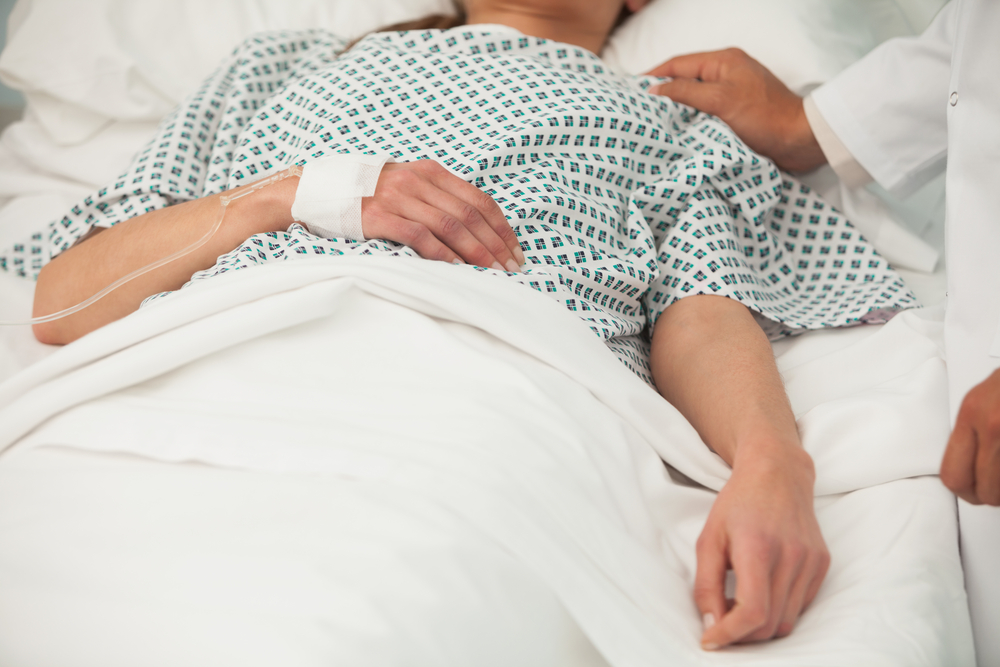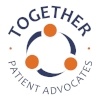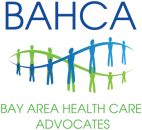 As of July 2, 2020 Johns Hopkins University placed the number of recovered COVID-19 patients in the U.S. at over 729,900. But what does "recovered" really mean? Patients can be struggling to recover from the virus's multi-organ damage as well as the mental and physical challenges resulting from long-term Intensive Care Unit (ICU) stays and numerous days on a ventilator.
As of July 2, 2020 Johns Hopkins University placed the number of recovered COVID-19 patients in the U.S. at over 729,900. But what does "recovered" really mean? Patients can be struggling to recover from the virus's multi-organ damage as well as the mental and physical challenges resulting from long-term Intensive Care Unit (ICU) stays and numerous days on a ventilator.
Assessing the psychological toll of COVID-19, Dr. Lindsay Lief, a pulmonologist at Weill Cornell, says that lengthy ICU stays during “ordinary times” can result in cognitive deficits, anxiety, depression or symptoms of post-traumatic stress disorder. She expects those issues to be magnified for COVID-19 patients.
Based on a study previously conducted on patients who recovered from Severe Acute Respiratory Syndrome (SARS),survivors "showed worrying levels of depression, anxiety, and post-traumatic symptoms" one year after the outbreak.
Even though SARS cases were generally more severe than COVID-19 cases, researchers use SARS for potential insights into transmission, treatment, and outcomes because there are many similarities between the two coronaviruses including how they are spread (coughing, sneezing, and touching contaminated surfaces); symptoms, such as shortness of breath, cough, fever, and headaches; and both can become serious illnesses.
Recovery for COVID-19 patients typically takes place in a post-acute care setting, such as a skilled nursing facility, long-term care hospital or rehab center, as it did for Charlie Blueweiss, a 33 year-old COVID-19 survivor. He spent just over four weeks in a COVID-19 recovery ward overcoming multiple issues: muscle weakness that prevented him from sitting up, hands so swollen he couldn’t use his phone, burning pain in his foot, a bedsore, and learning how to walk more than six feet with a walker before needing to rest.
Unfortunately, both the length of Mr. Blueweiss’s rehabilitation stay and his symptoms are common for recovering COVID-19 patients. Gregg Garfield, a 54-year-old avid skier, was hospitalized for 64 days, including 31 days on a ventilator. He suffered kidney damage, collapsed lungs, and had to learn how to walk again. He is on a “long road to full recovery.”
Brian Robinson, a 53-year-old man from Pennsylvania, experienced kidney failure, had to relearn how to walk, talk, swallow and eat. He spent 42 days in the hospital and other medical facilities.
Akhink Omer, a 31-year-old woman, is described as feeling "...perfectly fine [one day], and the next she was hit with fever, diarrhea, fatigue, coughing fits, severe body aches, and 'the worst headache of my life for the first few days.'" It took Ms. Omer six weeks from the onset of her symptoms to resume her previous activity level. She spent eight days in the hospital “fighting to breathe,” then left the hospital with, among other things, abnormal liver tests, a cough that lasted for weeks, and continued weakness.
But just when COVID-19 patients need a place to recover from their severe symptoms, post-acute care facilities may not have enough beds for recovering patients. In April, a Brigham and Women’s Hospital analysis based on the SARS-CoV epidemic, projected at least 700,000 Americans would require some type of inpatient post-acute care over the following six months. Yet there are only approximately 345,000 available skilled nursing facility beds in the U.S.
Some hospitals, like Weill Cornell where Mr. Blueweiss was hospitalized, have created special COVID-19 recovery wards. Likewise, some nursing homes have created new wings for recovering COVID-19 patients. But challenges still exist. Not all facilities have the required space and funds to create safe, fully-staffed, fully-equipped COVID-19 care units.
Portions of the care may be transferred to patients’ homes. But that requires a home environment that is safe for both the recovering patient and others who live in the home, funding for home health aides (HHAs), and someone to assist the patient when HHAs are not there.
As with many aspects of the pandemic, this issue is being addressed city-by-city, facility-by-facility, and family-by-family. Ideally, soon there will be policies and funding to resolve the logistical and financial challenges of COVID-19 recovery. Until then, the best course of treatment is prevention. Only go out for essential tasks, and when you do, wear a mask, practice social distancing, and wash your hands frequently.



.gif?width=200&name=NAHAC-Member-Badge200x112+(1).gif)


